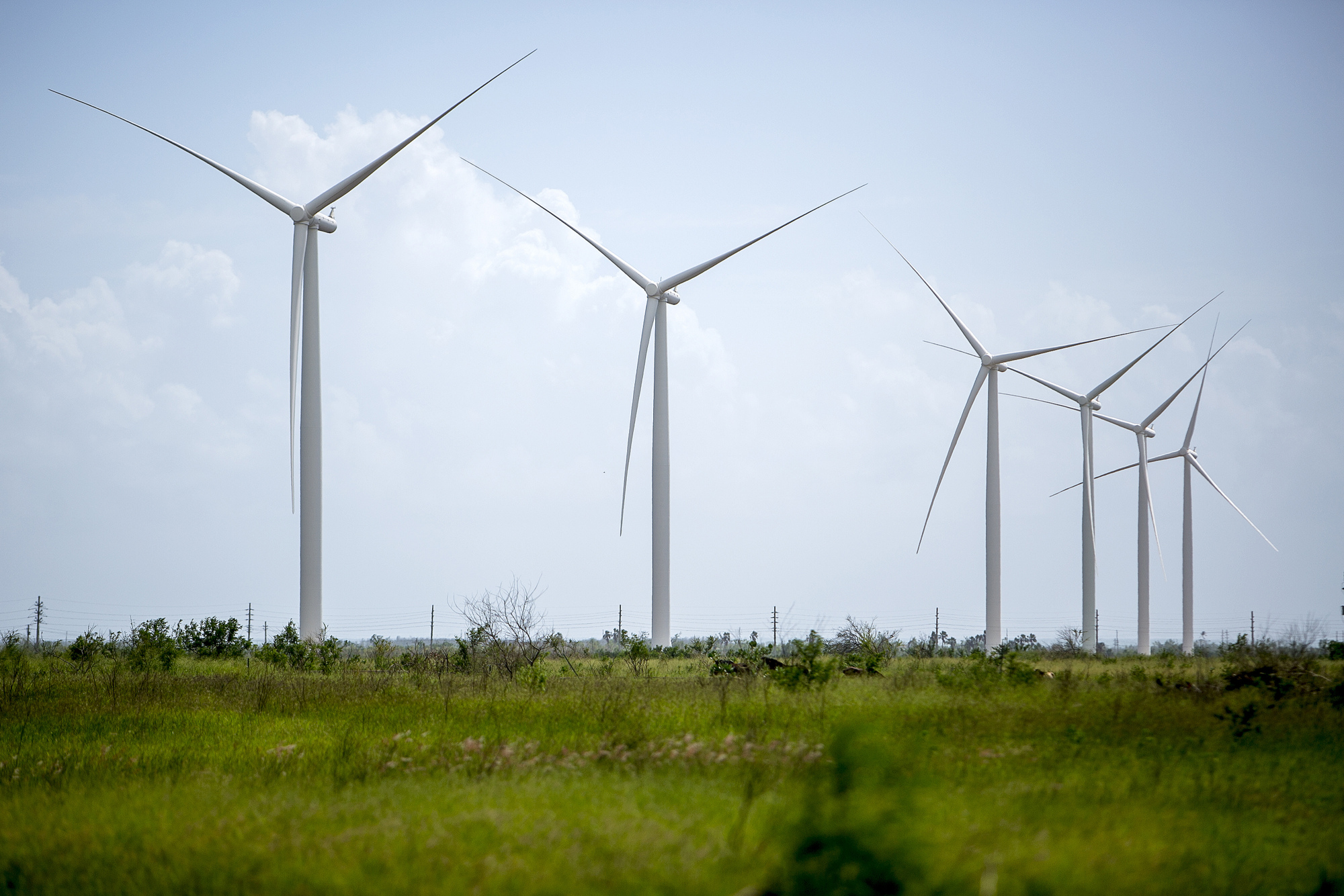The abundance of natural resources in Africa has opened up the potential of small wind turbines, which could provide clean and green energy to 65% of residents that don’t have daily access to electricity.
The limited amount of fossil fuels present on earth and the negative impact its burning has on the environment has resulted in an increasing adoption of renewable energy around the world. While solar panels and geothermal energy plants harness the power of the sun and earth’s interior, wind turbines convert the mechanical power of the wind into electricity.
Natural resources
The continent of Africa possesses an abundance of natural resources, with its large coastline providing the potential for enormous wind power production. While countries such as South Africa, Morocco, Egypt, and Ethiopia have constructed large wind farms capable of producing a total of around 3,000 MW, the continent is slowly catching up to capitalize on the potential of small wind turbines.
Relatively easy to install at a cheaper cost, each small wind turbine can generate enough power to sustain around 15 domestic houses. According to a report by Allied Market Research, the Global Small Wind Power Market was valued at US $4m in 2015 and is expected to reach US $9m by 2022, registering a CAGR of 13.2% during the forecast period.
Differentiating between Small and Large Wind Turbines
While large wind turbines constitute wind farms capable of generating megawatts of electricity, small wind turbines have a power rating that ranges from a few watts to a few hundred kilowatts. Small wind turbines have a rotor size that’s up to 15m in diameter and can function in wind speeds ranging from 14 Km/hr to 22 Km/hr. They are primarily used for microgeneration – small-scale generation of heat and electric power – and can be installed as both on-grid and off-grid.
In addition to being used for domestic and residential purposes, small wind turbines can also power small-scale industries and commercial establishments. Why are Small Wind Turbines beneficial for Africa? Africa is no stranger to large-scale wind farms that utilize large wind turbines, geographically located in the northern, eastern, and south-western coats to harness the year-long oceanic wind.
However, only 35% of African residents have access to electricity on a daily basis. Therefore, local production of electricity that’s clean, renewable, and sustainable is vital for the continent’s long-term socio-economic progress. The procedure of installing and the knowledge to operate small wind turbines is easy and can help a majority of the population generate low-cost reliable power.
Adopt the energy of the future
Installing small wind turbines would help people adopt the energy of the future and contribute significantly towards preserving the relatively pristine environment of the continent. Large-scale adoption at a grassroots level would also influence governments to invest in renewable sources of energy rather than on fossil fuels.
In an under-developed continent like Africa, small wind turbines can also help boost small businesses and assist in developing commerce that currently suffers due to the lack of low-cost energy. Small Wind Turbine manufacturers in Africa Several manufacturers indigenous to the continent has been instrumental in developing small wind turbines.
Kestrel Renewable Energy, a subsidiary of South Africa’s iconic battery manufacturer Eveready Pvt. Ltd., manufactures a range of small wind turbines featuring robust turbine construction and unique engineering solutions. In 2013, the American Wind Energy Association (AWEA) verified the Kestrel e400nb to be the countries first class one small-wind turbine. The company now manufactures small wind turbines rated at 600W, 800W, 1kW, and 3.5kW to enable telecommunications, off-grid and on-grid domestic usage, water pumping, and other hybrid solutions.Along with Kestrel, Danida and Vestas have also developed smaller and cheaper small wind turbines in an attempt to supply electricity to the citizen of Kenya.
Advancements in Small Wind Turbines
Although most small wind turbines are built on the horizontal axis, vertical axis wind turbines are witnessing a rapid growth in the market. The wind turbines function better in turbulent and gusty winds, suffers less fatigue, and can generate 10 times more power than their horizontal counterpart. Their gearbox replacement and maintenance are also simpler and more efficient.
Along with vertical axis small wind turbines, the market has also witnessed the emergence of hybrid turbines. Joseph Hass, a designer from Luxembourg, has developed a smart turbine that combines wind energy, solar power, and Artificial Intelligence to integrate energy production into a local grid network. He wishes to deploy 128,000 mini-grids based around his small-scale wind turbines to West African countries by 2030, with each grid capable of generating enough power to supply the needs of a small village.

We can supply small scale wind turbines with rotor sizes around 20-31m in diameter. Output power up to 300kW with the option to down rate to 40kW in some cases.
If interested please get in touch. Thanks.
Require a wind power plant. Kaburu
Am interested in small scale wind power for
1.peronal use at work and home
2.i can be an agent to market promote sale of the saame